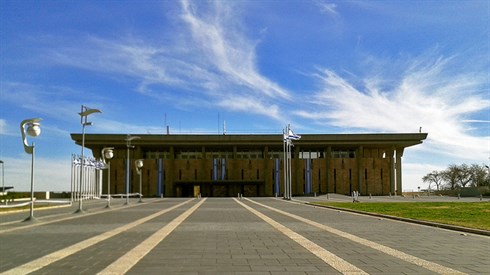137
Question
Hello Rabbi. I have a question regarding Abraham and the Idol Shop. My question is, is this story meant to be taken as a historical account of events that truly happened in Abrahams life? Or are the events fictional, and the story is meant to be used as a teaching tool to help us understand the dangers of idol worship, and the concept that there is no G-d but one? Is it possible for you to share with me the sources you use to support your answer? Its very important I am able to understand where the foundation of your answer comes from so that I am confident it is not the opinion of an individual, although I respect your opinion very much. Thank you Rabbi!
Answer
The field of midrash is very complex and, as you correctly inferred, includes several different types. Interestingly, the Ramban sometimes disagrees strongly with the Ibn Ezra for veering in his commentary from the midrash of our sages, yet it’s not infrequent for the Ramban to do the same, differing with certain midrashim cited by Rashi! The answer to this apparent contradiction is that some, probably most, midrashim are not factual traditions but rather educational vehicles for teaching us philosophical or spiritual idea/s, or ethical actions, how to act properly, while others apparently do come to fill-in ancient traditions. Unfortunately, it’s often difficult to tell whether a certain midrash is meant to be taken literally or not, but the following signs may help their identification. The first category (non-factual) may include midrashim where there are different contradicting opinions, or those many midrashim which “frame” our forefathers as doing sins they clearly didn’t do or exaggerating light offenses into serious ones, to serve as a “springboard” framework to educate others. Similarly, midrashim which seem esoteric would usually fall into this category. On the other hand, midrashim which don’t have an educational message, but are rather fact-filling traditions, like the names of Avraham’s or Shimshon’s respective mothers, may be meant factually. The midrash which you cite unfortuantely falls into neither category, so we simply don't know, but it doesn't bother us, for true ideas are no less important than historical facts. In short, all midrashim are true, yet not all are historically factual, and the best thing to do is to study them with a rabbi who is experienced in the field and constantly search for the deeper meaning.
There are more than enough midrashim to keep you occupied for a lifetime and there’s no logic or need to invent new ones. On the other hand, one can surely develop his/her own divrei Torah, but would be wise to run it by several learned scholars before publicizing them, so as to prevent embarrassing mistakes. I expounded more on the topic, in my articles http://www.daat.ac.il/daat/tanach/maamarim/hazakaim-2.htm
http://www.daat.ac.il/daat/mahshevt/vikuah/tokpam-2.htm
With Love of Israel,
Rav Ari Shvat

corresponding
Rabbi David Sperling | Cheshvan 29, 5782

Shaving for Yom Haatzmaut
Rabbi Yoel Lieberman | Nisan 24, 5770

Sefira observance on Yom Haatzmaut
Rabbi Chaim Tabasky | 7 Iyyar 5766

Music on Yom Hatzmauut when celebrated not on the day of the
Rabbi Ari Shvat | Shevat 26, 5772

Bedikat chametz
Rabbi David Sperling | Nisan 11, 5785

Is the Shulchan Hatahor (Komarno) acceptable for halacha?
Rabbi Ari Shvat | Adar 25, 5785




